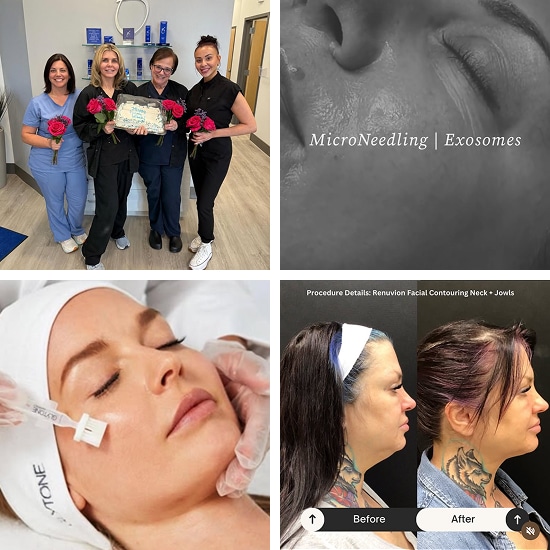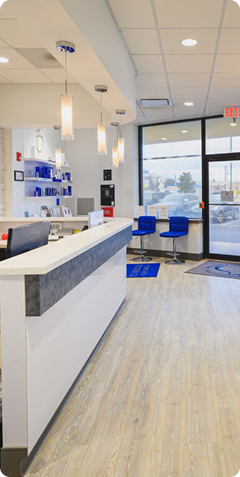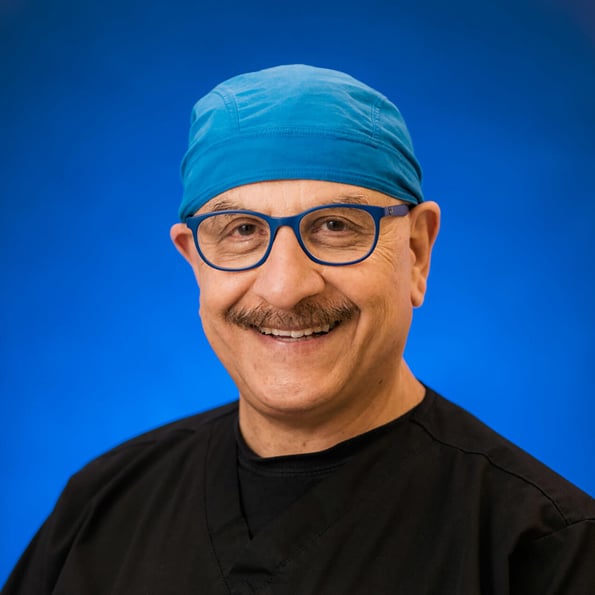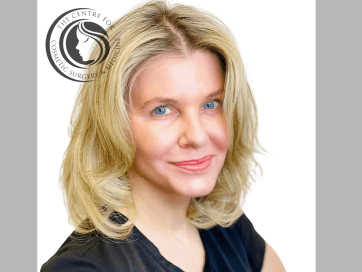Quick Links
- Understanding Ear Surgery
- Ear Surgery (Otoplasty)
- What Is Ear Surgery?
- On-site Operations
- Common Reasons for Ear Surgery
- Our Credentialed Team of Experts
- Ear Surgery Procedure Details
- The Difference We Make
- Ear Surgery Recovery
- Schedule a Consultation
- Board Certified Plastic Surgeon
- Follow Us on Instagram

Understanding Ear Surgery
Ear surgery, also known as otoplasty, is a cosmetic procedure that reshapes or repositions the ears to create better balance with the rest of the face. It is commonly chosen by patients who feel self-conscious about ears that stick out too far, appear overly large, or are misshapen due to injury or birth defect. By improving the size, shape, and position of the ears, otoplasty can restore symmetry and enhance overall facial harmony.
This procedure is performed on both children and adults and can be life-changing for patients who have struggled with embarrassment or teasing due to the appearance of their ears. While otoplasty enhances aesthetics, it does not affect hearing ability. Instead, the focus is on creating natural-looking results that boost confidence and self-esteem.
What Is Ear Surgery?
Ear surgery is a personalized procedure that involves making small incisions, usually hidden behind the ear or within natural creases, to access the cartilage. The surgeon then sculpts, reshapes, or repositions the cartilage to achieve the desired outcome, whether that means setting the ears closer to the head, reducing their size, or correcting irregular shapes such as lop ear, shell ear, or cupped ear.
In some cases, adjustments are made to both ears to maintain balance, even if the concern exists on only one side. Depending on the patient’s age and needs, the procedure may be performed under local anesthesia with sedation or under general anesthesia. Otoplasty is typically completed as an outpatient surgery, meaning patients can return home the same day to begin recovery.
Our QUAD A Accredited Operating Room
On-site Operations
We strive to create a calm, serene, and private environment designed to help you feel relaxed and at ease. We are able to conduct many cosmetic procedures in our center, including liposuction, fat transfer, blepharoplasty, and breast lift surgery. We offer the latest in medical technology to ensure the safest, most accurate and beautiful results you can receive.
Learn MoreCommon Reasons for Ear Surgery
Otoplasty is performed on both children and adults and is most often recommended for:
- Protruding ears – bringing the ears closer to the head
- Overly large ears – reducing size for better proportion
- Lop ear – where the top of the ear folds downward or inward
- Cupped ear – a smaller-than-average ear shape
- Shell ear – missing the natural outer curve in the cartilage
- Damaged or stretched earlobes – including torn lobes or large gauges
- Aged earlobes – creased, wrinkled, or elongated lobes
Our Credentialed Team of Experts
Led by board-certified plastic surgeon Dr. Abdollah Malek, our experienced team combines advanced training with a compassionate, patient-first approach. From surgery to skincare, we’re proud to offer personalized care in a discreet, supportive environment where your comfort and confidence come first.
Meet the TeamBrea Malek
Director of Marketing + Certified Surgical Technologist + Medical Assistant + Director of Sterile Processing
Ear Surgery Procedure Details
Otoplasty begins with small incisions placed either behind the ear or within natural creases at the front, keeping scars discreet. The cartilage is then sculpted and repositioned to achieve the desired shape, size, or angle. Adjustments are commonly made to the antihelical fold or conchal bowl for more natural results. Sutures and bandages hold the ears in place during healing, and in many cases, both ears are adjusted to maintain balance, even if only one is noticeably misshapen.
Anesthesia Options
The type of anesthesia used will depend on the patient’s age and needs. Younger children may require general anesthesia, while adults and older children can often undergo the procedure with local anesthesia and sedation.
Ear Surgery Recovery
The patient will most likely feel discomfort and pain in the ears for a few days following surgery, however medication can be made available to help reduce the amount of soreness. Stitches and bandages will normally be removed after approximately a week, and patients can resume their daily rituals. Otoplasty will make the ears very sensitive for the following weeks and patients should avoid sleeping on their side, or any physical activity that may injure the healing process.
Schedule a Consultation
If you or your child are bothered by the appearance of your ears, ear surgery may provide the solution. At The Centre for Cosmetic Surgery, Dr. Abdollah Malek takes a compassionate and detail-oriented approach to every otoplasty, ensuring results that look natural and harmonious with your facial features.
With offices in Lewes and our Wilmington satellite location, we make it easy for patients across Delaware and the Mid-Atlantic to access expert surgical care. Schedule your private consultation today and take the first step toward improved balance, confidence, and peace of mind.
Board Certified Plastic Surgeon
Meet Dr. Abdollah Malek
Dr. Abdollah Malek believes the art of cosmetic surgery is in listening to his patients. He builds each treatment plan on a solid foundation of communication between doctor and patient and spends a considerable amount of time getting to know the people he treats — taking their goals into account and offering the best options to meet those goals. At our state-of-the-art Centre for Cosmetic Surgery, you are not just a patient; You are our guest.
Learn More
Follow Us on Instagram
Want to keep up with all that is happening at Centre for Cosmetic Surgery and Medicine? Follow us on Instagram for updates and specials. We love connecting with our patients and can’t wait to hear from you!
Follow Us














